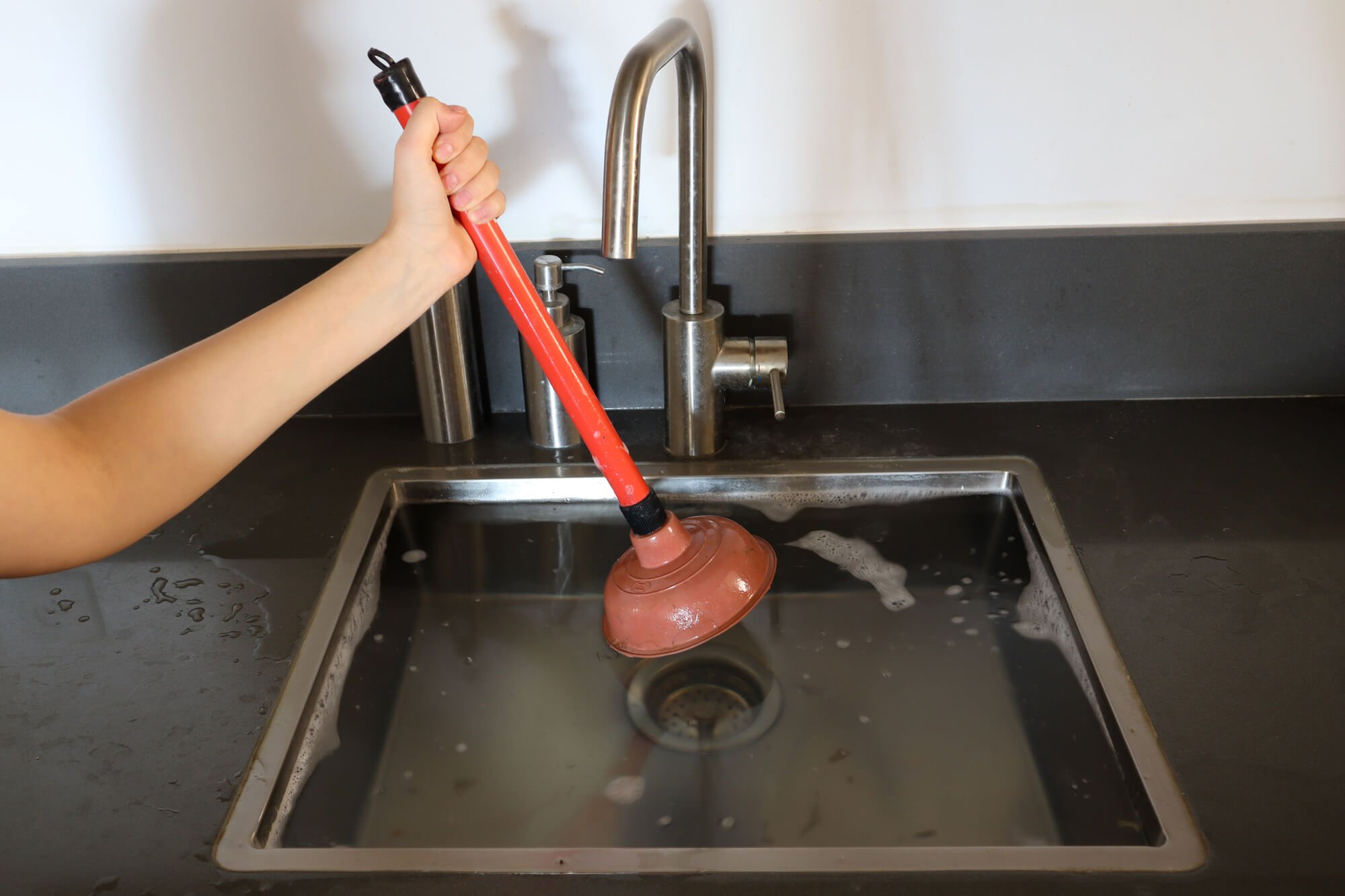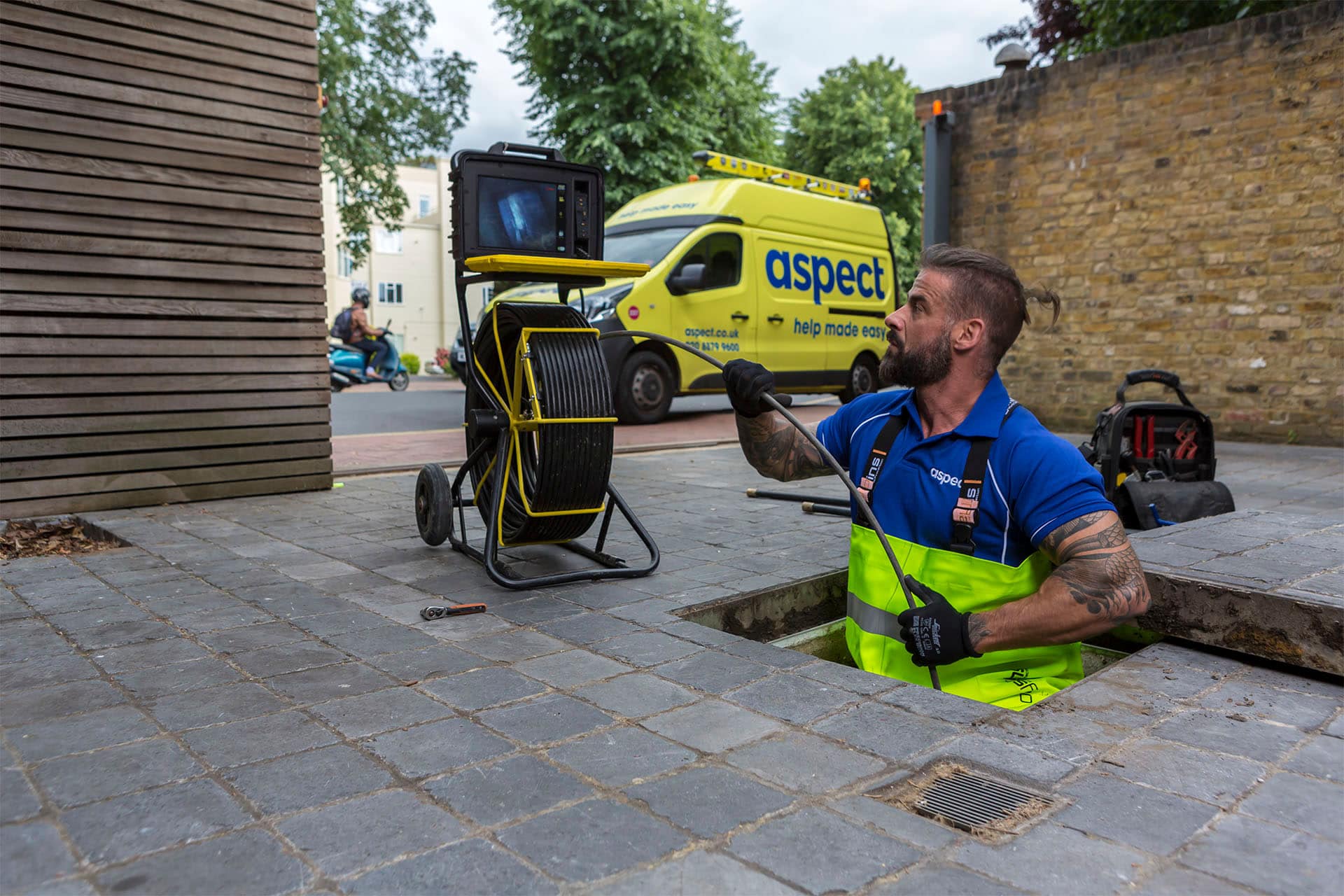Techniques for Dealing with a Blocked Drain Prior to Reaching out to Expert Help
Techniques for Dealing with a Blocked Drain Prior to Reaching out to Expert Help
Blog Article
They are making several great points related to Some easy tips to fix blocked drains in general in this post down below.

Intro
Handling a blocked drainpipe can be an irritating experience, disrupting everyday activities and possibly triggering damages to your home. Nevertheless, prior to reaching out to plumbing professionals, there are steps you can take to attend to the issue yourself. In this guide, we'll check out do it yourself services and safety nets to tackle an obstructed drainpipe successfully.
Recognizing the Problem
The very first step in addressing an obstructed drainpipe is identifying the signs. Sluggish drain, gurgling sounds, foul odors originating from drains, or water support up are common indicators of an obstructed drain. Identifying these signs early can aid avoid better complications.
Selecting the Right Plumbing Solution
When picking a pipes service, consider factors such as experience, licensing, and consumer testimonials. Select a trusted plumbing technician with a performance history of high quality handiwork and clear pricing techniques.
Cost Factors to consider
The cost of professional drainpipe cleaning services can vary relying on the seriousness of the clog and the plumbing's prices. Request quotes from several providers and ask about any kind of additional charges to ensure transparency and stay clear of shocks.
Safety Precautions
When trying DIY drain cleaning, focus on safety. Use safety gloves and eyewear to prevent contact with unsafe chemicals or microorganisms. Never mix different drain cleaning items, as this can generate unsafe fumes.
Instance Researches
Real-life instances show the efficiency of DIY options and the value of timely expert intervention in settling drain blockages.
Typical Causes of Obstructed Drainpipes
Comprehending the variables that add to drain obstructions is essential for efficient resolution. Usual culprits include hair, soap residue, grease, food debris, and international things like sanitary items or paper towels. Tree origins invading underground pipelines can additionally create significant obstructions.
DIY Solutions
For minor obstructions, a number of DIY remedies can be reliable. Putting boiling thin down the drainpipe can help liquify grease and debris. Sodium bicarbonate and vinegar or a mix of salt and baking soda can serve as all-natural cleaners. Utilizing a bettor or pipes serpent to displace obstructions is an additional option.
Tools and Tools
Having the right tools accessible can make DIY drainpipe cleaning up more effective. A plunger is a versatile device for getting rid of clogs in sinks, toilets, and showers. A plumbing serpent or auger can reach deeper obstructions, while drainpipe cleaning chemicals can be used cautiously for persistent clogs.
Preventive Measures
To prevent future obstructions, adopting safety nets is critical. Set up drainpipe guards or filters to catch hair and debris before they go into the pipes. Regularly flush drains pipes with warm water to dissolve oil build-up, and prevent getting rid of grease or solid waste down the drain.
When to Call a Professional
While do it yourself remedies can settle small clogs, particular indicators show the demand for specialist assistance. Relentless clogs, foul odors in spite of cleansing efforts, or multiple drains pipes backing up simultaneously are red flags that call for expert treatment.
Conclusion
By complying with the pointers detailed in this guide, you can efficiently deal with blocked drains and stop future pipes problems. Whether opting for DIY solutions or seeking expert aid, timely activity is essential to keeping a healthy and balanced plumbing system and maintaining the honesty of your home.
How to Clear a Clogged Drain Yourself (And When to Call In the Professionals)
What Can Clog a Drain
Dirt Skin flakes Hair Grease Soap scum Food Offset pipes Tree roots Small objects Mineral buildup DIY Tricks to Unclog a Drain
You can fix this! Once you have identified the source of the clog (or have a vague idea), you can try one or a combination of these fixes in order to clear your plumbing.
Wire Hanger or Snake
Untangle and clear out hair from a drainpipe with a homemade snake. Use a straightened-out wire hanger with a 90-degree angle hook to locate the clog and drag out any unwanted material.
Remember not to push the clog further down to where the wire hanger cannot reach! If you need to follow up with a plunger, give it a try. Your efforts might be more successful after it’s been wire-snaked.
If you want to get fancy and don’t have a wire hanger to spare, head to the store and pick up a hand-operated drain snake. You can get one for $10-$30. It may save you the hassle, and provide additional length to reach deep into the clogged pipe.
Plunger
A cup plunger has a suction cup attached to a wooden handle. The rubber creates a seal around the drain, and increases the pressure force of the plunger.
Plunge for 30-second increments to loosen the clog. This may need to be repeated over the course of 15-20 minutes. Once plunged, run the water to flush the remaining material out of the drain.
Remember– never use a plunger if you have used a chemical drain cleaner. These chemicals can splash up from the force of the plunger and cause serious injury or burns.
Boiling Water
Hot water can sometimes break up materials into a flushable amount. Dirt, grease, and soap buildup requires heat in order to unstick from surfaces.
Take your kitchen kettle and heat your water to a boil. Once it reaches a rolling boil, pour it directly down the drain into the blockage. Carefully follow with plunging, if necessary.
Don’t worry if this takes more than one try! It can often take multiple kettles and repeated plunging in order to clear a particularly stubborn clog.
Chemical Drain Cleaner
As a last resort, pick up a bottle of chemical drain cleaner. Drain-cleaning chemicals are potent, and not very good for the environment.
You may need to wear protective eyewear in gloves before handling your bottle of chemical drain cleaner. Follow the instructions printed on the bottle, and flush with water as soon as the instructions allow. Do not follow with plunging.
Baking Soda and Vinegar
As a safer alternative to chemical drain cleaner, baking soda and vinegar can create a chemical reaction that clears tough clogs.
Combine one cup of cleaning vinegar with one cup of boiling water, and set aside. Once you have done this, pour half a cup of baking soda down the drain. Give the baking thirty seconds to settle and cover a large portion of the problem drain.
Following the baking soda, pour down your vinegar and hot water solution. Once the vinegar and baking soda combine, the mixture will bubble and fix. Let this reaction fizzle in the drain for about an hour.
After an hour, follow with a kettle’s worth of hot water. The heat and liquid should flush out any remaining material.
When to Call a Plumber
If your DIY attempts haven’t cleared your clog drain, it’s time to call in a professional. It’s not worth losing access to your kitchen sink or high-traffic bathroom. A clog in a vital area can keep you from the things you’d rather be doing, and derail your routine.
Anytime a clog is causing water to spread is a time to call in a plumbing service. What starts out as a little bit of water can quickly grow into serious, expensive water damage.
Additionally, a serious clog can result in burst pipes or serious leaks. Make sure you know when to take it seriously!
https://myguysnow.com/how-to-clear-a-clogged-drain-yourself-and-when-to-call-in-the-professionals/

I hope you enjoyed our excerpt on What I learned from trying to deal with a clogged drain. Thank you for taking a few minutes to read our piece of content. Those who liked our post kindly be sure to pass it around. We cherish reading our article about What I learned from trying to deal with a clogged drain.
Get Estimate Report this page